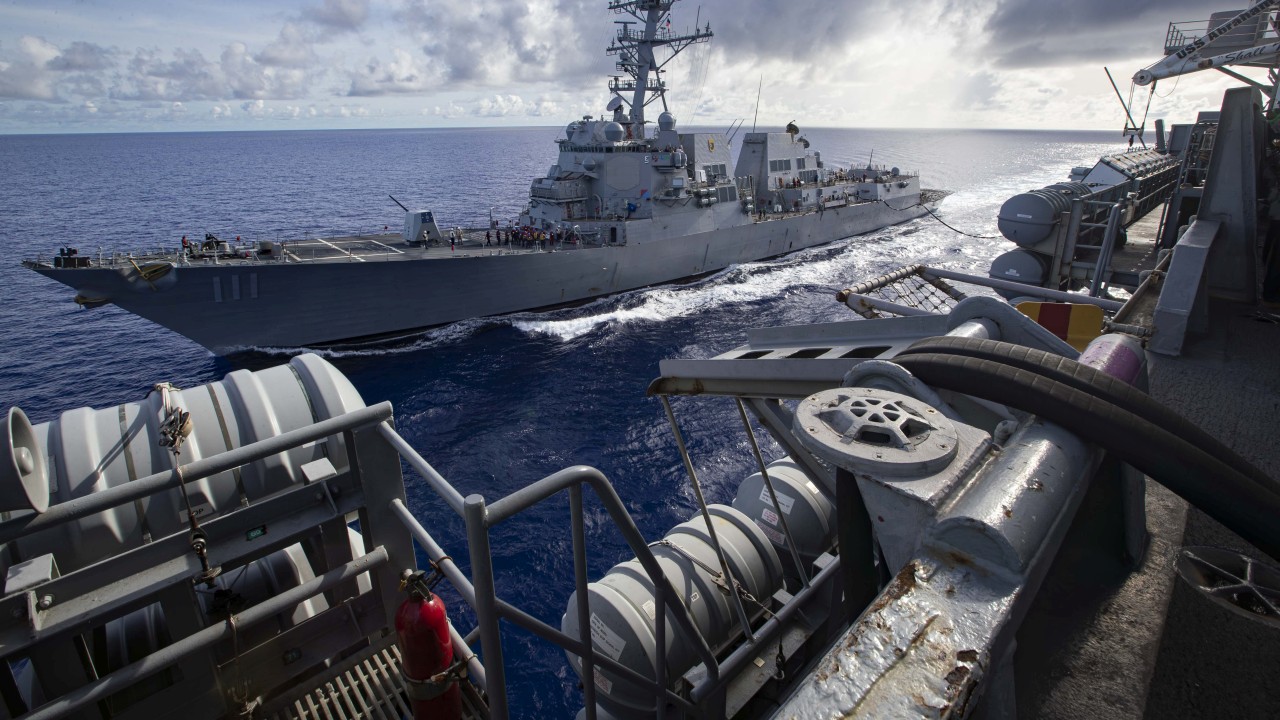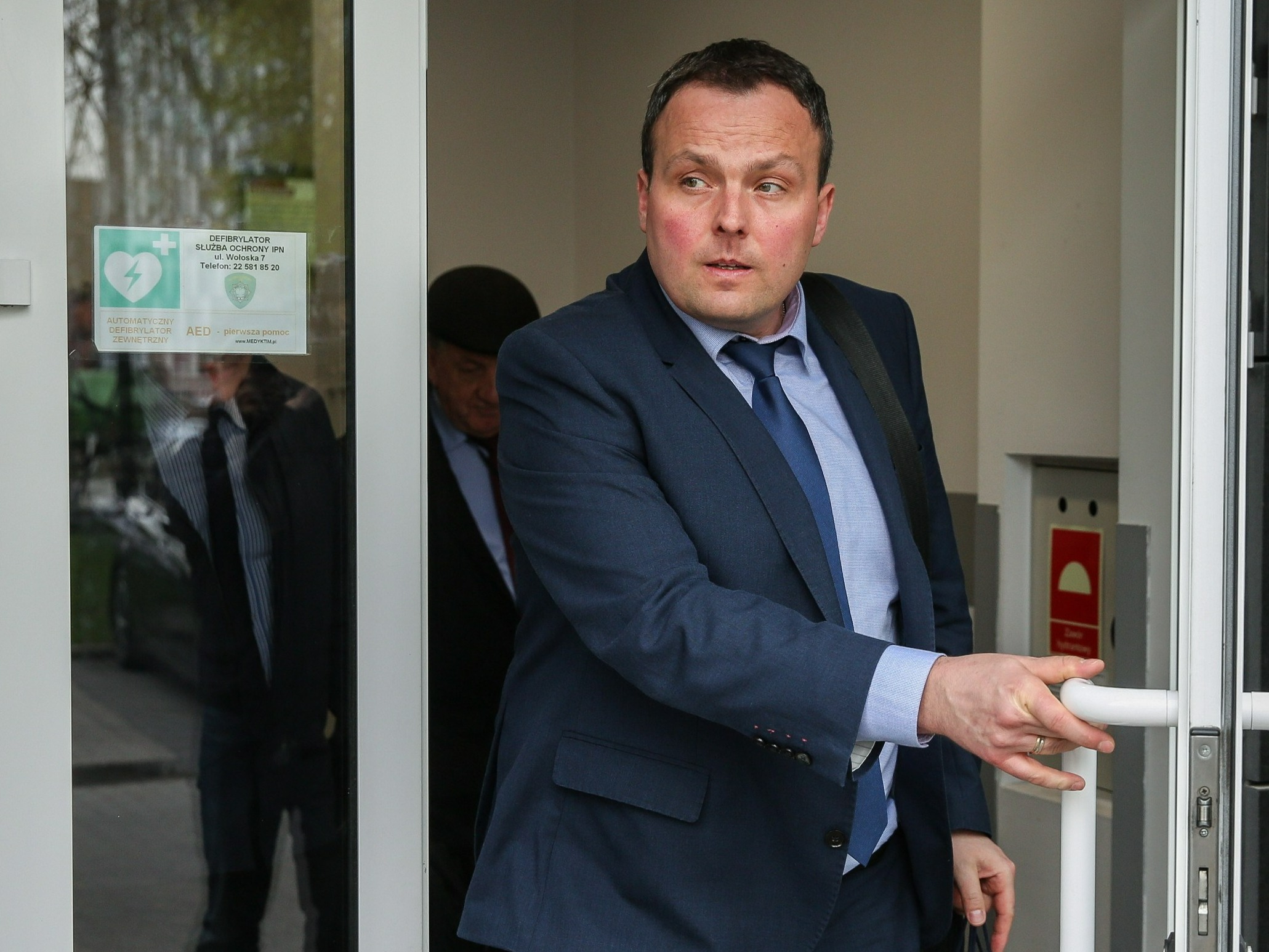The evolution of NATO’s deterrence and defence posture, peculiarly in light of geopolitical shifts and emerging threats, has straight influenced national defence policies, investment priorities, and military readiness. This commentary will research any of the crucial changes that have occurred within Estonia´s national defence architecture, defence investment allocations, and the broader safety environment in light of the evolving safety situation.
Since regaining independence, Estonia has perceived Russia as an existential threat. This perception was starkly portrayed by Russia’s aggressive manoeuvres in 2008, including cyberattacks on Estonia’s digital infrastructure and the invasion of Georgia. These events underscored the urgent request for a robust defence posture, driving Estonia to re-evaluate its defence and safety strategies. The subsequent invasion of Crimea in 2014 and the outbreak of Russia’s full-scale war in Ukraine in 2022 have further reinforced this outlook.
As a consequence to Russia’s aggressive actions, NATO has been focused on bolstering its deterrence and defence posture over the past decade. The key milestones in this journey include the summits in Wales in 2014, Warsaw in 2016, Madrid in 2022, and Vilnius in 2023. During these meetings of NATO leaders, crucial decisions were made regarding increased defence investments; the establishment of NATO’s Forward Presence in east Europe; the implementation of a fresh force model; and the adoption of a fresh generation of regional defence plans. These decisions reflect a collective designation among NATO allies of the request to regain a strong and responsive defence posture considering evolving threats. However, this is something that inactive remains mostly just on paper. Thus, the main question is the implementation of everything that has been agreed. Nevertheless, this is not simply the work of NATO as an organization, as it involves a collective effort of all its members. It is up to all ally to contribute and decision forward together.
The change in the safety environment and the shifts in NATO’s deterrence and defence posture have besides substantially influenced Estonia’s national military structure, defence capability improvement and operational readiness. Over the past 2 decades, the Estonian government has made crucial efforts to increase the defence budget. Since 2015, Tallinn has been committed to spend at least 2 per cent of GDP on defence with a further increase to at least 3 per cent throughout the next 4 years. This financial commitment underscores the knowing that investment in defence is not simply a financial work but a critical component of national sovereignty and security.
The increased budget has facilitated substantial investments in various areas, including firepower and ammunition alongside intelligence, surveillance and reconnaissance capabilities. The military has besides expanded its wartime structure by importantly expanding the number of active service personnel and active reserves, yet raising the wartime readiness full to nearly 43,000 personnel, which is simply a crucial effort for a nation with a population of 1.3 million. This expansion can be seen as a direct reflection of NATO’s fresh strategical framework, which emphasizes the request for fast reinforcement and heightened readiness in the face of possible threats. NATO’s strengthened Forward Presence posture in the east Flank besides entails a designation of the necessity of improved host nation support infrastructure. As part of this effort, the government plans to invest over 300 million euros in the next 4 years to enhance training facilities and accommodation, ensuring that the military is adequately equipped to respond to threats as they appear.
The fresh accession of Finland and Sweden to NATO represents another crucial strategical improvement that further enhances the safety architecture in the region. These 2 countries bring additional military capabilities, resources and strategical depth to the Alliance, fostering a more integrated defence posture in the Baltic Sea region. This regional cooperation is peculiarly crucial given the evolving threat landscape, which now encompasses a broader spectrum of challenges, including hybrid threats and cyber warfare.
As NATO, and especially the countries in the east Flank, have been lately more exposed to emerging threats, including cyber and hybrid attacks, there is an urgent request to pay closer attention to the complexities of hybrid warfare. Hybrid tactics frequently blur the lines between conventional military confrontations and non-conventional tactics. Addressing these threats requires a whole-of-government approach and social resilience. Cyberattacks, disinformation campaigns and another hybrid threats can so pose a crucial challenge to NATO. The case of hybrid attacks exemplifies the critical request for enhanced cooperation between NATO and the European Union. However, this collaboration is vital not only at the organizational level but besides in national and multinational formats, where useful frameworks can be developed to address hybrid threats effectively.
Estonia’s proactive engagement with NATO initiatives has besides helped foster a national culture of defence which encourages civic work and public awareness regarding national security. Societal engagement and support are crucial for building a resilient populace that can argue a variety of threats. The ongoing commitment to defence investment, military readiness, and regional collaboration not only fortifies Estonia’s national safety but besides contributes to the stableness of the broader Euro-Atlantic area.
This commentary is the consequence of a peculiar seminar held May 21st 2024, co-organized by fresh east Europe, LSE IDEAS CSEEP at the Jagiellonian University, and the East European Council. Co-funding is provided by NATO Public Diplomacy.
Nele Loorents is simply a investigation fellow at the global Centre for Defence and safety in Estonia. She previously served as a civilian servant at the Estonian Ministry of Defence and has specialized in the fields of defence investments, defence policy and planning.













